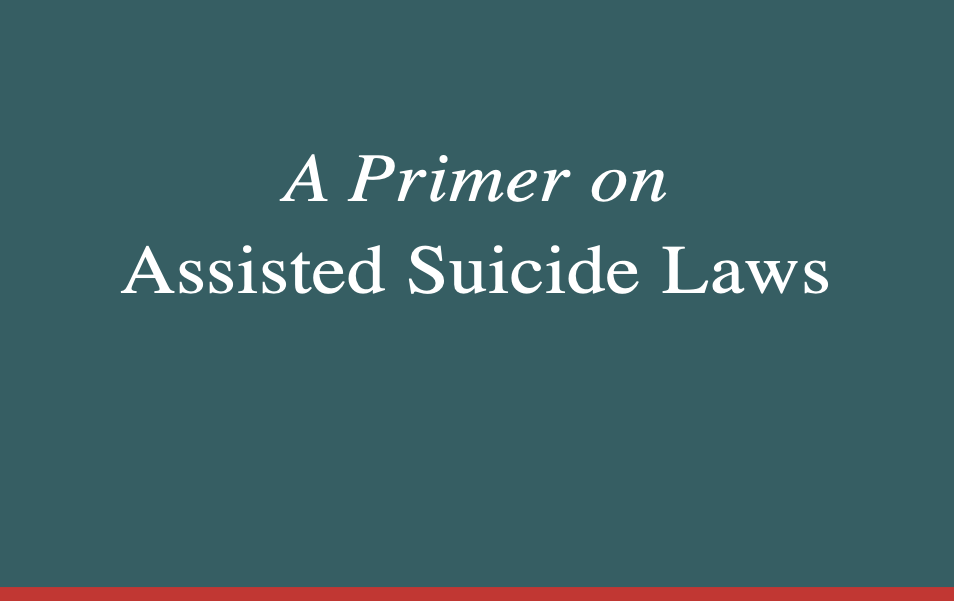
Assisted Suicide
DREDF, along with numerous other nationally prominent disability organizations, opposes the legalization of assisted suicide and euthanasia.
Legalization is a serious mistake for many reasons that are not always immediately apparent. Supporters often focus solely on issues of choice and self-determination, but actually, legalization would restrict choice and self-determination. It is crucial to look deeper. For example, assisted suicide would be a deadly mix with our broken, profit-driven health care system.
It is imperative to distinguish personal wishes from the significant dangers to society of legalizing assisted suicide as public policy. The legalization of assisted suicide has many harmful consequences.
A Primer on Assisted Suicide Laws
This brief issue primer includes national medical, disability rights, and other progressive organizations that oppose assisted suicide laws, key objections, articles, and resources. It is for anyone who wants to look deeper, beyond the simplistic mantras of choice and “right to die,” or religion.
